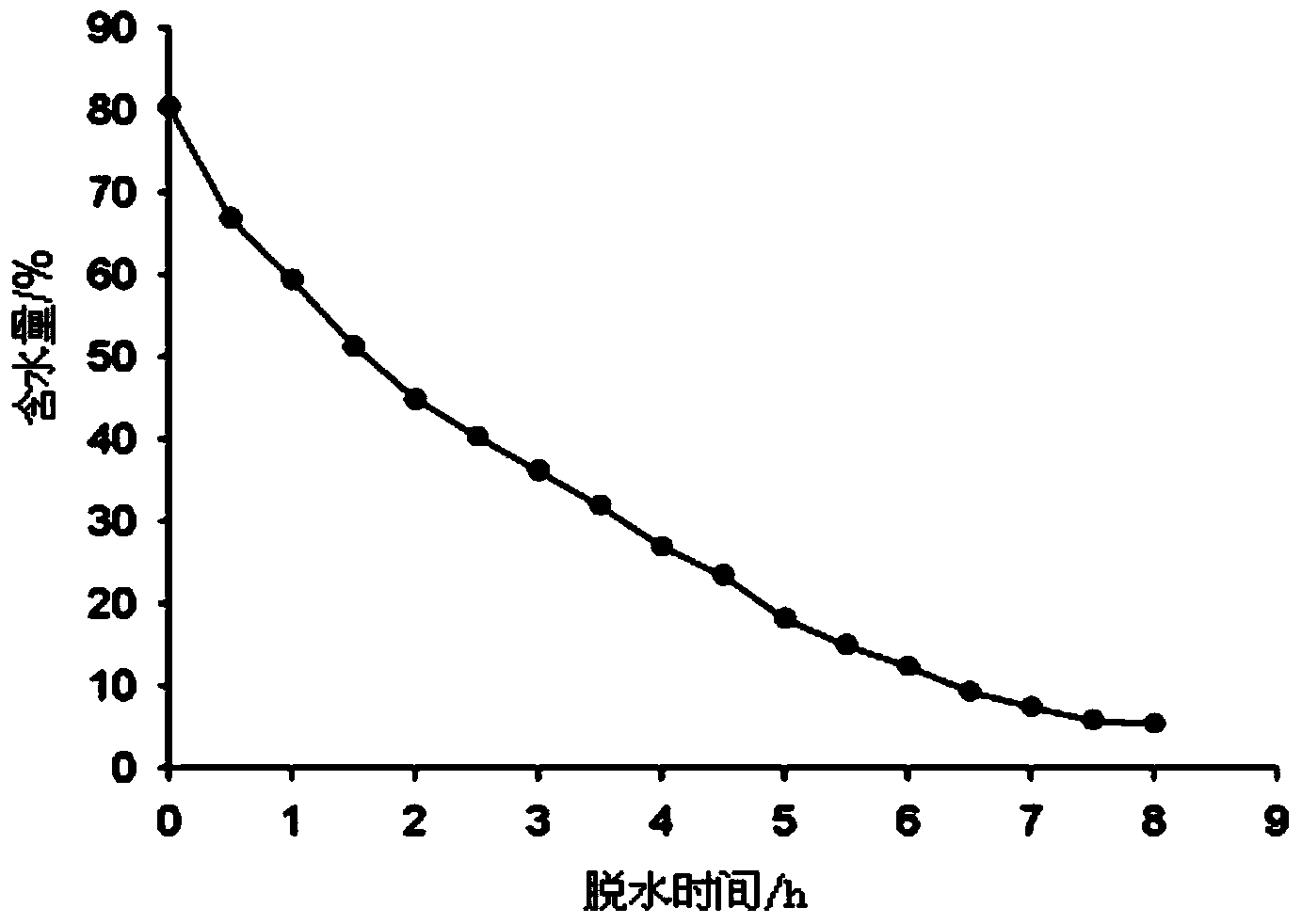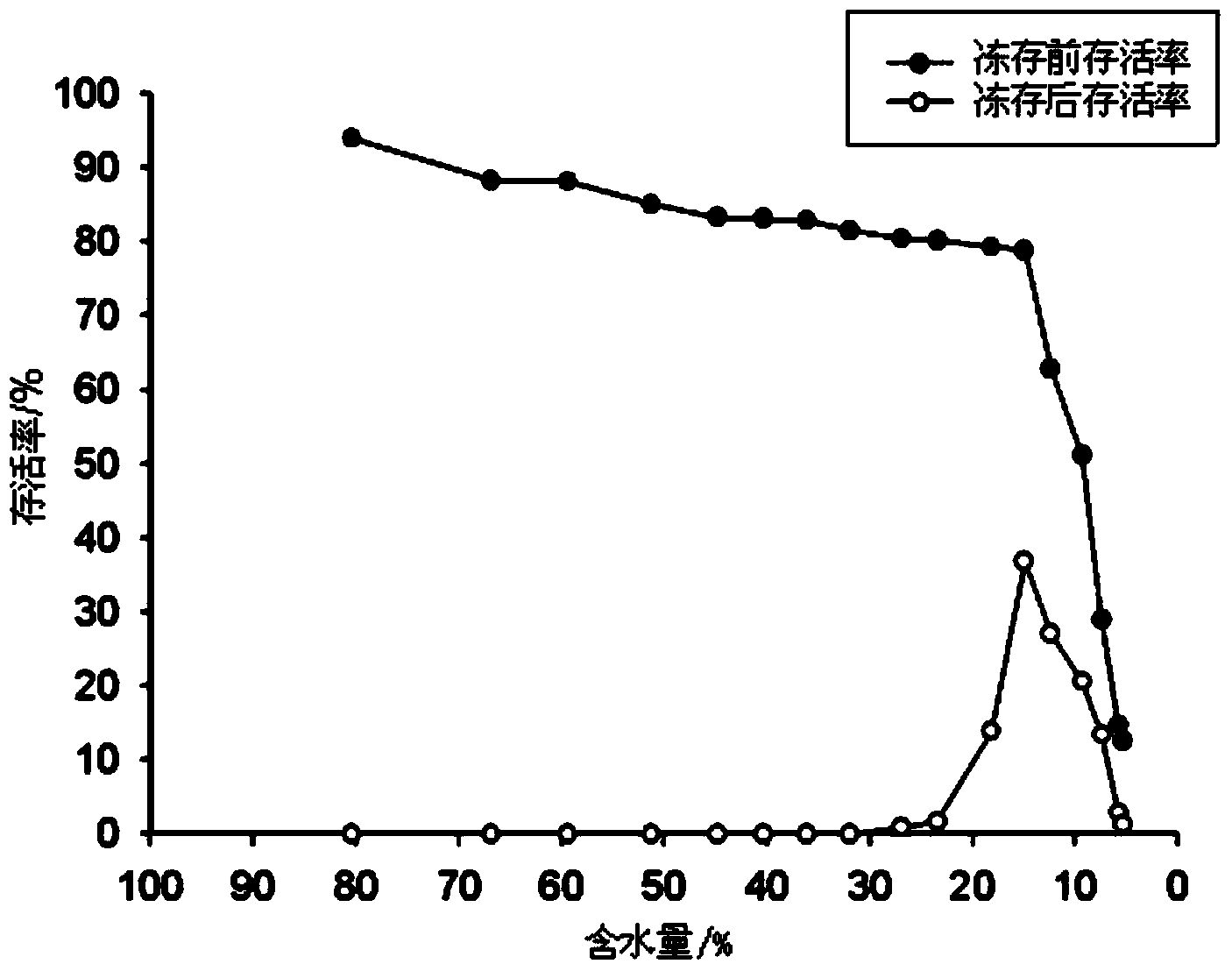Embedding-dehydrating ultralow temperature storage method for scytosiphon lomentaria mitoplast
A technology of ultra-low temperature preservation and filamentous body, which is applied in the fields of plant preservation, botanical equipment and methods, seaweed cultivation, etc., and can solve the problems of germplasm variation and pollution of Hemerocallis germplasm, and achieve the effect of solving variation and pollution
- Summary
- Abstract
- Description
- Claims
- Application Information
AI Technical Summary
Problems solved by technology
Method used
Image
Examples
Embodiment Construction
[0043] The method of the present invention will be specifically described below in conjunction with the examples.
[0044] A method for embedding and dehydrating ultralow temperature preservation of celery filaments, characterized in that it comprises the following steps:
[0045] (1) Steps for cultivating the filaments of Hemerococcus japonica:
[0046] The mature thallus of Hemerocallis were collected from the natural sea area of Long Island in April 2012. The thallus was repeatedly scrubbed with a sterile cotton swab, then dried in the shade to stimulate and release the female and male gametes. After the female and male gametes were combined, they were cultured for a week to form yellow-brown silk The filaments were collected and expanded and cultured in a light incubator, the culture conditions were (22.0±0.5)°C, and the light intensity was 86.4~97.2μmol / (m 2 s), L:D=14:10, nutrient NO 3 -N is 7g / m 3 ,PO 4 -P is 1.2g / m 3 ; When the filaments are cultivated to brown,...
PUM
 Login to View More
Login to View More Abstract
Description
Claims
Application Information
 Login to View More
Login to View More - Generate Ideas
- Intellectual Property
- Life Sciences
- Materials
- Tech Scout
- Unparalleled Data Quality
- Higher Quality Content
- 60% Fewer Hallucinations
Browse by: Latest US Patents, China's latest patents, Technical Efficacy Thesaurus, Application Domain, Technology Topic, Popular Technical Reports.
© 2025 PatSnap. All rights reserved.Legal|Privacy policy|Modern Slavery Act Transparency Statement|Sitemap|About US| Contact US: help@patsnap.com



